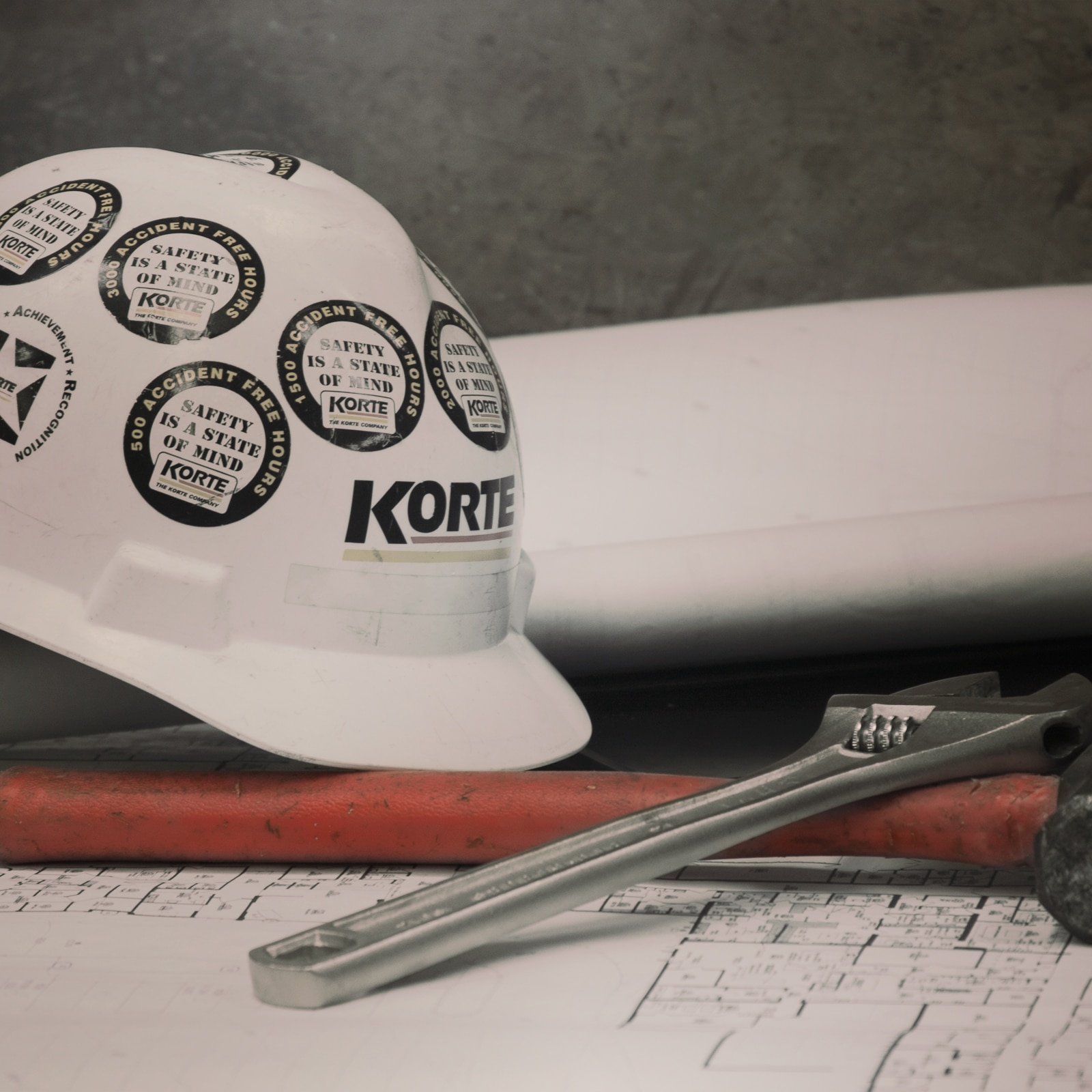A design professional’s work challenges him to make several choices that involve a series of compromises. To reach a satisfactory outcome, the design professional pits 5 basic objectives against each other. Here is a description of each.
Objective #1: What will give the required functional performance?
Design professionals spend a lot of time talking with clients and users because they need to develop a clear idea of what would be required for functional performance. A significant decision, such as simply choosing terrazzo flooring instead of carpet or wood for a restaurant’s kitchen, involves good communication between the designers and users.
Objective #2: What will give the desired aesthetic result?
Most design professionals have a high regard for good design, which is design that transcends the structures and becomes a symbol for an ideal. However, the construction industry often rewards strict conformance to requirements and regulations, and not so much style. The design professional often debates between making a choice on pure technical grounds or on what would represent good design. At the same time, a desired aesthetic result may not be the most efficient in terms of functional performance.
Objective #3: What is possible legally?
In some situations, legal constraints clearly set what are feasible options and what are not. A good example would be the building code set by a local government that indicates the required range of fire resistance ratings for concrete and masonry structure elements in a public university research laboratory. Under this example, the design professional must strictly adhere to the use of a limited range of materials.
Objective #4: What is most economical?
This can sometimes be the most frustrating factor for a design professional. For instance, while there are many new roofing systems that could theoretically be better from a functional standpoint, the lack of a local company that has either the required new equipment or knowhow to install them, prevents the use of those new roofing systems. While an impressive design, pleasant aesthetic look, and functionality often wow a client, nothing impresses a client more than meeting the original budget. Design professionals are aware of this and analyze the entire life-cycle costs of competing materials.
Objective #5: What is best for the environment?
Finally, there is a growing concern about the carbon footprint of buildings because of all the energy that goes into, not only its construction process, but also its necessary logistics and operation. With the rise of Leadership in Energy and Environmental Design (LEED) as the standard for Green Building design around the world, more and more design professionals include this objective into the design process.
Reference: Allen, Edward. (1999). Fundamentals of Building Construction: Materials and Methods. 3rd Edition. Chapter 1: Making Buildings. P. 12 – 13.
